oday marks the 20th anniversary since John Weldon Auctioneers held its first sale. Then aged just 29, John, along with sister Joan, began his foray into the world of jewellery and silver auctions:
“We started at 2pm that day just as the dreadful events were happening in the United States,” recalls John Weldon of the 9/11 attacks in New York.
"In the back of my mind I was wondering if it would work, but failure was not an option, as we had a bank loan of £30,000 from AIB and I'd put my Fiat Punto up as collateral."
Back then “all we had was an Excel spreadsheet, but now technology has changed so much that almost 80 percent of our sales are online”.
Today, two decades later, the brother and sister team, who were assisted by mother Gail for years, have sold jewellery from the collection of Princess Victoria Louise of Prussia, the only daughter of Emperor Wilhelm II, in 2015, and a box of coins from an Irish couple which achieved in excess of €20,000.
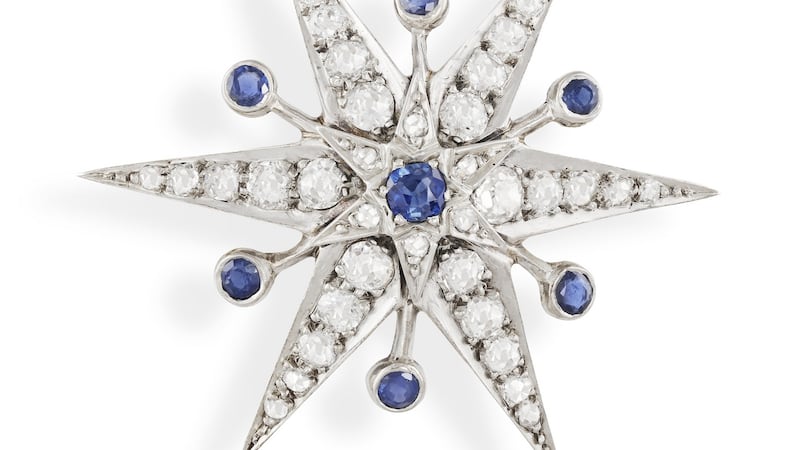
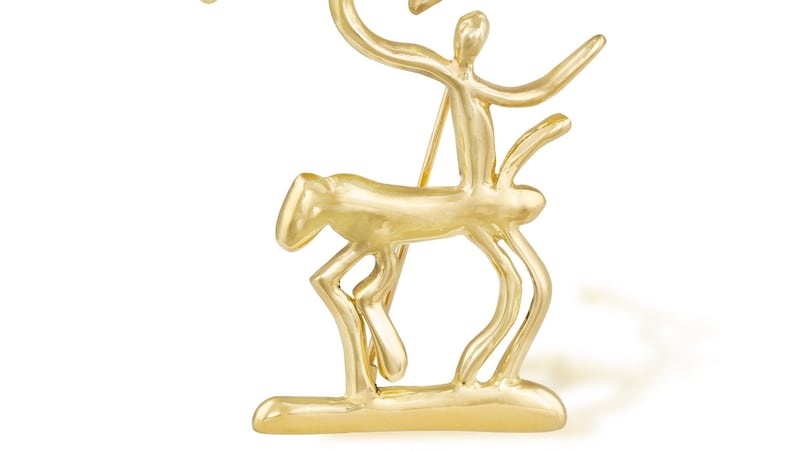
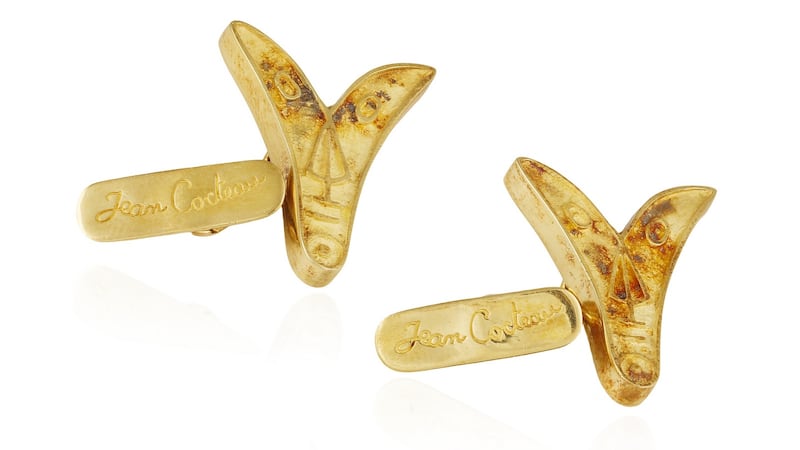
Last year in one of their largest sales to date, the house sold a set of Irish National Volunteer medals for €10,000 against a €100–€200 reserve.
One of the biggest lessons Weldon says he has learned is knowing when not to speak: “I have lost track of clients who buy jewellery not only for their wives, but also other “friends”, and if you are wondering – the girlfriend always does better. But I also have a lady who buys for both her husband and boyfriend, which shows as a country how much we have grown.”
Weldon’s next sale takes place on Tuesday, September 14th, with in-person viewing by appointment this weekend. Highlights include a diamond line necklace with over 16cts of diamonds (€16,000–€19,000); a 2.25ct brilliant cut solitaire (€5,000–€7,000) along with a light yellow diamond ring also seeking €5,000–€7,000.
Meanwhile on the same day, Claire Laurence Mestrallet of Adams, St Stephen's Green, will hold a fine jewellery and watch sale that features some important artist's jewels.
Goldsmith and master craftsman Francois Hugo, son of painter George Hugo and great-grandson of eminent writer Victor Hugo, collaborated with some of the world's most celebrated artists, to produce reduced versions of their works as wearable jewellery.
He was responsible for some of the most important collaborations in precious metals of the 20th century, and the sale features three pieces of jewellery from Ateliers Hugo.
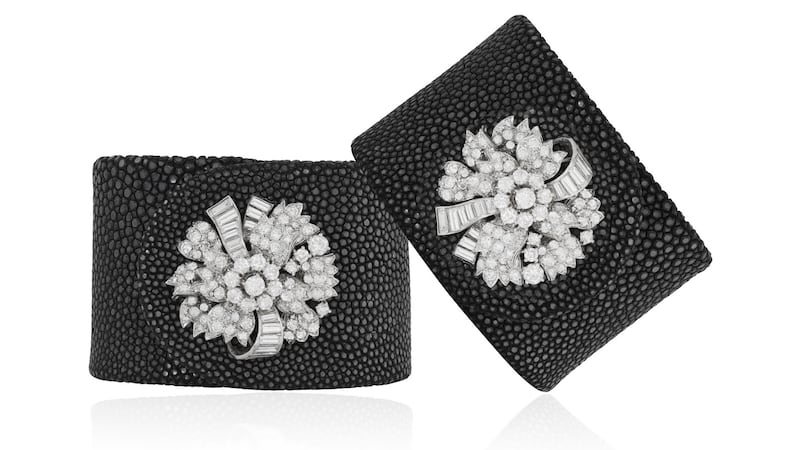
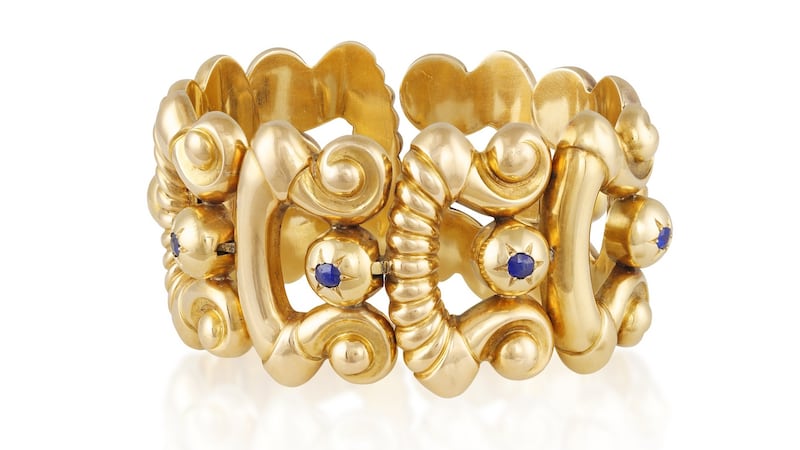
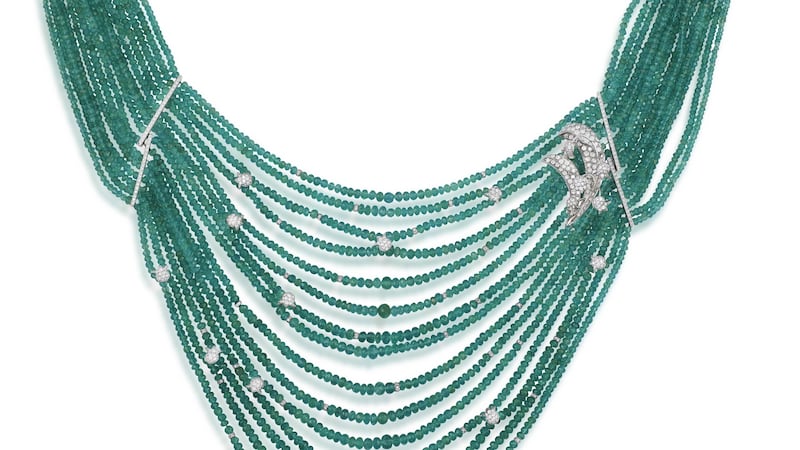
Lot 55 is a pair of gold cufflinks by Jean Cocteau, each with a V-shaped plaque depicting an abstract face (€2,000–€3,000) while lot 54, is a rare "petite tête carrée" pendant by long-time friend of Francois Hugo, Parisian artist and sculptor Andre Derain. Derain, along with Henri Matisse, was a founder of the Fauvist movement at the beginning of the 20th century (€17,000–€23,000).
Lot 56 is a rare and collectable Centaure Phallique, a gold brooch by Pablo Picasso, after the design created for his second wife Jacqueline Roque, which is stamped with Picasso's signature and Hugo's hallmark (€10,000–€15,000). The three pieces – authenticated by Hugo's workshop – are from the same private collection.
Brooches, which have been out of fashion since the Dynasty years of the 1980s, are having somewhat of a revival, and the sale has quite a few pieces, most notably a bow model by Bulgari from the 1960s.
The three-dimensional piece (lot 103, €18,000–€28,000) from the collection of an Italian noblewoman, is set with 20 carats of brilliant and baguette cut diamonds, and is reminiscent of jewellery worn by Audrey Hepburn in Roman Holiday, the film that played a huge role in Bulgari's success.
The owner of lot 101 had a pair of brooches dating from circa 1955 converted into a pair of cuff bracelets. Superbly executed, the two brooches, which the family say were purchased at Bulgari in Rome, are accompanied by a certificate from Amanda Triossi, authority and specialist on Bulgari, and curator of all the major Bulgari retrospective exhibitions from 2009 to 2013.
Set in black galuchat (shark or ray skin) cuffs, with magnetic clasps and 10 carats of diamonds, they are a quite remarkable repurposing of the two brooches.
If you are in the market for something equally spectacular to adorn the wrist of someone you love – or indeed your own – lot 38 is an emerald and diamond bracelet.
Dating from 1945, the geometric openwork design contains a whopping 45 carats of cabochon emeralds and 30 carats of European and baguette-cut diamonds (€30,000–€40,000).
A further outstanding piece by Bulgari, also from the noble Italian collection, is a sapphire and diamond Tubogas bracelet from the 1940s, which is listed at €10,000–€15,000.
The “Tubogas” shape was developed in Italy in the 1930s and mimics industrial gas piping. A similar bracelet (with diamonds) also by Bulgari, is illustrated in the book Twentieth Century Jewelry: Art Nouveau to Modern Design by Lodovica Rizzoli Eleuteri.













